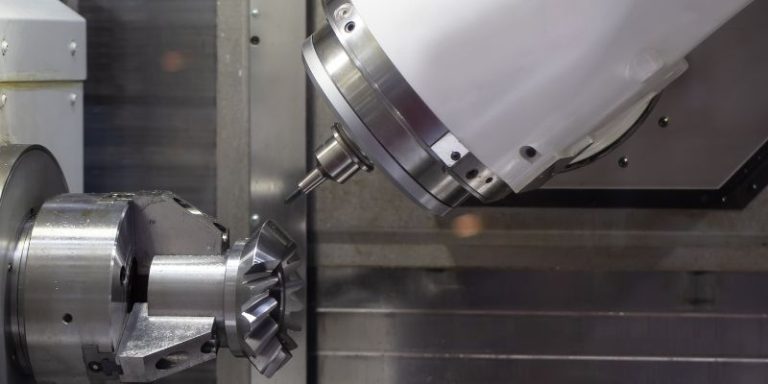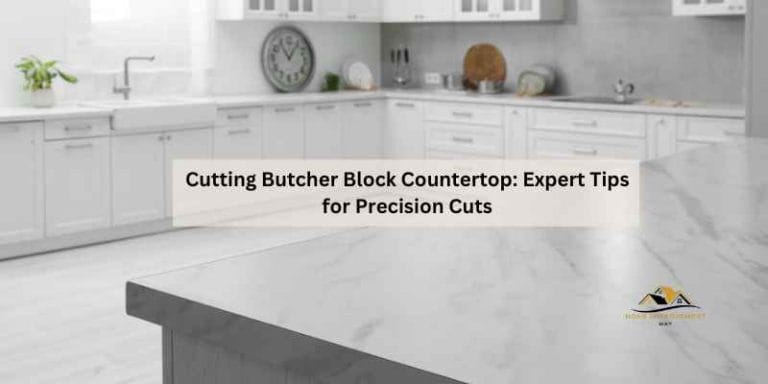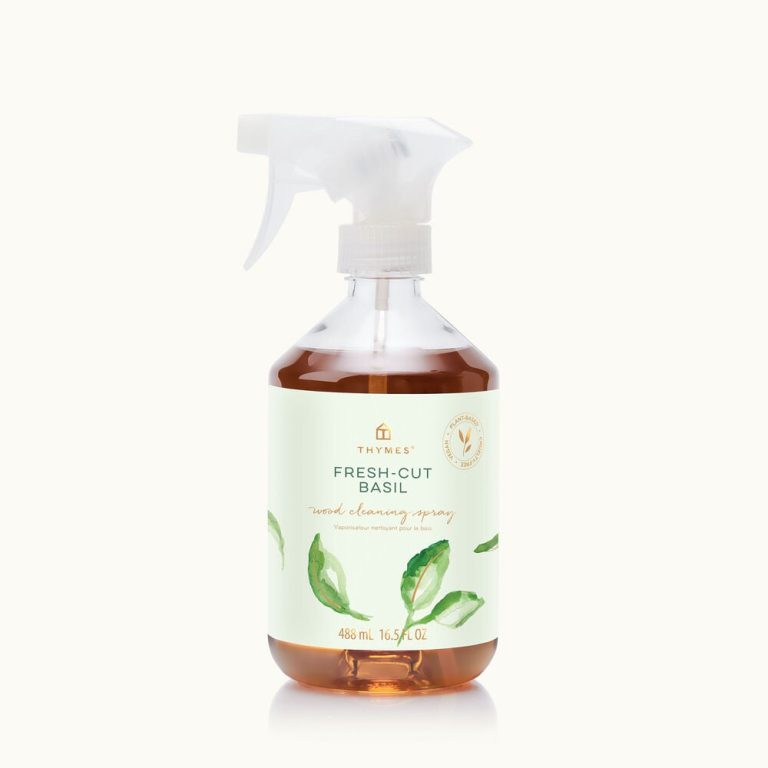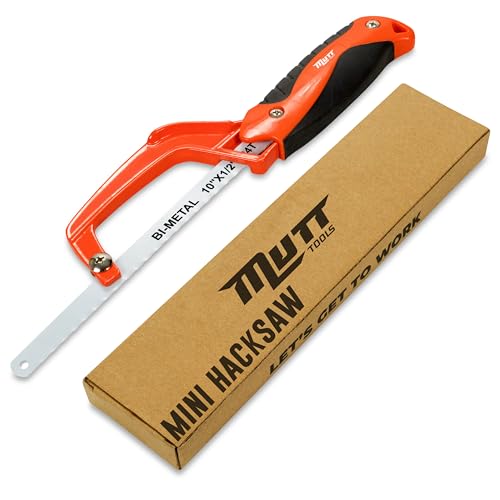End Grain Cutting Board Calculator: Create Your Perfect Design
The End Grain Cutting Board Calculator accurately determines the dimensions for your custom end grain cutting board. Creating a unique and functional cutting board requires precise measurements to ensure a perfect fit.
By using the calculator, you can effortlessly design a personalized end grain cutting board that meets your specific needs and preferences. Whether you are a seasoned woodworker or a DIY enthusiast, this tool simplifies the process and enhances the quality of your project.
Let’s explore how the End Grain Cutting Board Calculator can help you create a stunning and practical addition to your kitchen.
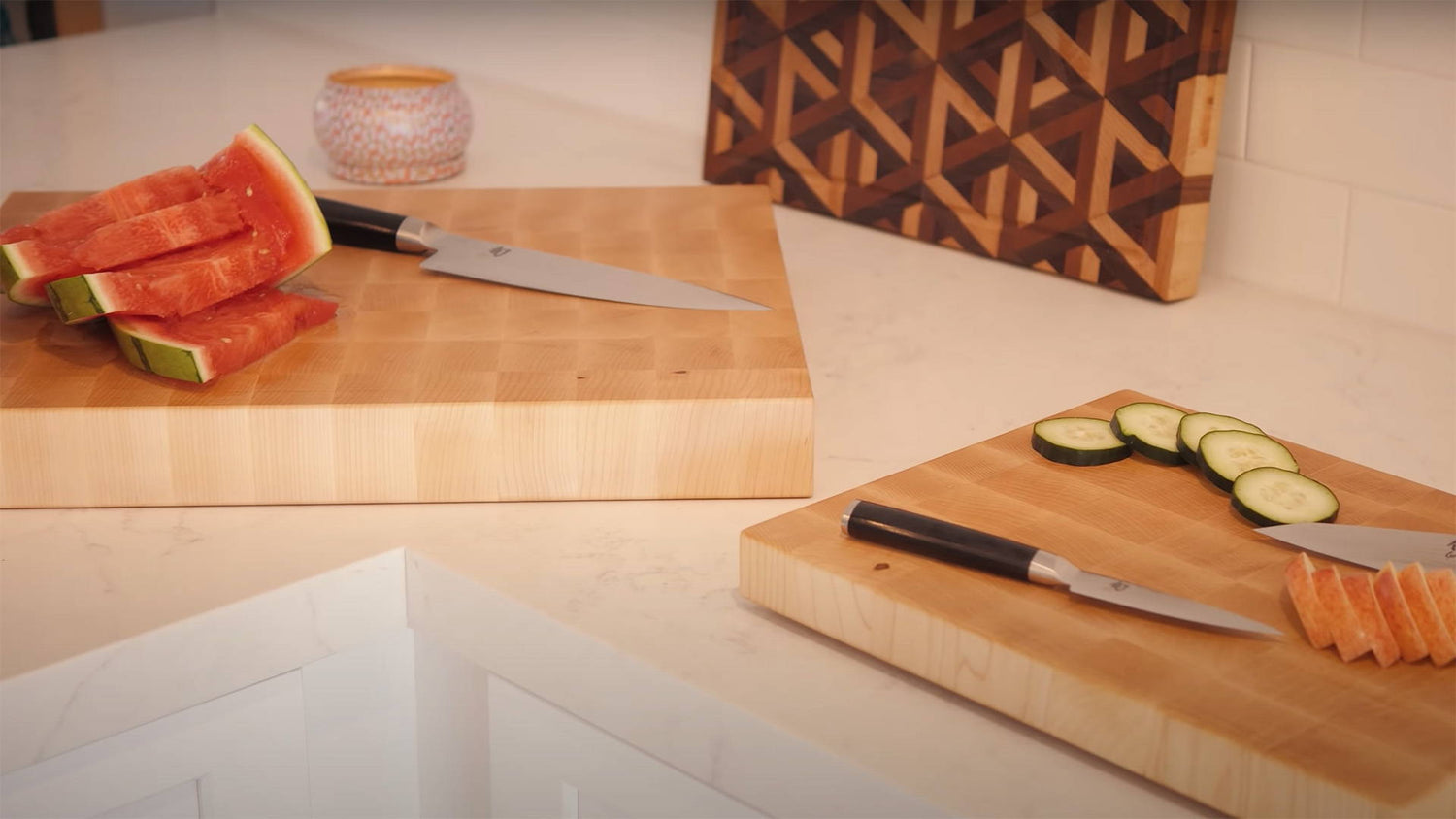
Credit: kmtools.com
Selecting The Right Wood
When selecting the right wood for your end grain cutting board, it’s essential to consider various factors to ensure durability and aesthetics.
Types Of Wood
There are several types of wood suitable for end grain cutting boards, each with its unique characteristics.
Characteristics To Consider
- Durability: Choose a hardwood species known for its durability such as maple or walnut.
- Grain Pattern: Consider the pattern and color of the wood to achieve the desired aesthetic appeal.
- Density: Opt for woods with higher density like cherry or teak for better wear resistance.
- Food-Safe: Ensure the wood you select is food-safe and does not leach harmful chemicals.
- Availability: Check the availability of the wood species in your area for ease of sourcing.
Design Considerations
When designing an end grain cutting board, several key factors should be taken into consideration to ensure both functionality and aesthetics. From the size and shape to the thickness and pattern, each element plays a crucial role in the overall design. Let’s delve into these design considerations:
Size And Shape
The Size and Shape of an end grain cutting board should be determined based on the intended use and available space in the kitchen.
Thickness
The Thickness of the cutting board impacts its durability and stability. Optimal thickness is typically between 1.5 to 2 inches for a sturdy board.
Pattern And Arrangement
Pattern and Arrangement of the wood pieces create the unique design of the cutting board. Various patterns such as checkerboard or herringbone can be visually appealing.
Calculating Board Dimensions
When it comes to creating an end grain cutting board, calculating the board dimensions is a crucial step. Proper measurements help ensure that the final product is both functional and aesthetically pleasing. In this section, we’ll delve into the process of determining the number of wood pieces, as well as calculating the board width, length, and thickness.
Determining The Number Of Wood Pieces
Before calculating the dimensions of your end grain cutting board, you’ll need to determine the number of wood pieces required. This step is essential for both planning your project and ensuring a sturdy board.
Typically, end grain cutting boards are constructed using multiple wood strips that are glued together. The number of wood pieces can vary based on your desired board size and the width of each strip. For instance, if you plan to use 2-inch wide strips and want a final board width of 12 inches, you would require six wood pieces.
Calculating The Board Width
Calculating the board width is crucial for achieving the desired size and functionality. The width of your end grain cutting board can depend on several factors, such as personal preference and intended use. To calculate the board width, you’ll need to consider the final dimensions you want to achieve. Measure the desired width carefully, making sure it aligns with the number of wood pieces you’ve determined. Whether you prefer a slender board for easy handling or a wider one for ample space, the choice is yours.
Calculating The Board Length
The board length is another important aspect to consider when calculating the dimensions of an end grain cutting board. The length can vary based on different factors, including available space in your kitchen or the specific purpose of the board.
Take into account your personal needs and preferences while determining the board length. Measure the desired length accurately to ensure it suits your requirements. Keep in mind that a longer board may provide more chopping space, while a shorter one might be more convenient for storage or handling.
Calculating The Board Thickness
The board thickness plays a significant role in the overall strength and durability of your end grain cutting board. This dimension influences the weight and stability of the board, as well as its resistance to warping and cracking.
To calculate the board thickness, consider the intended use of the cutting board. If you plan to handle heavy-duty cutting tasks or prefer a more substantial board, a thicker dimension might be necessary. Conversely, a thinner board may be suitable for lighter use or culinary purposes. Make sure to select a thickness that balances your needs and preferences.
Assembly And Gluing
When it comes to creating a beautiful and durable end grain cutting board, the assembly and gluing process plays a crucial role. Properly preparing the wood pieces and skillfully gluing them together are essential steps for ensuring a sturdy and long-lasting final product.
Preparing The Wood Pieces
Before diving into the assembly process, it’s vital to ensure that the wood pieces are meticulously prepared. This involves cutting the wood into uniform-sized pieces and precisely arranging them to form a visually appealing pattern. Additionally, each piece should be carefully sanded to create smooth and even surfaces, promoting a seamless fit during assembly.
Gluing The Pieces Together
Once the wood pieces are prepared, it’s time to begin the gluing process. Align the pieces according to the desired pattern and apply a thin, even layer of wood glue to each surface. Carefully join the pieces together, ensuring a snug fit and gently tapping them into place. Once assembled, apply clamps to hold the pieces firmly together as the glue sets, ensuring a secure and durable bond.
Finishing And Maintenance
After constructing your end grain cutting board using our convenient calculator, the next crucial step is finishing and maintenance. The right finish will not only enhance the beauty of your cutting board but also protect it from moisture and wear. Proper maintenance will ensure its longevity and keep it in top condition for years to come.
Choosing The Right Finish
When selecting a finish for your end grain cutting board, consider options that are food-safe and provide a durable protective layer. Popular choices include mineral oil, beeswax, and walnut oil. These finishes penetrate the wood, providing moisture resistance without altering the natural color and texture of the board. Research your options carefully before making a decision.
Applying The Finish
Once you have chosen the appropriate finish, it’s essential to apply it correctly for optimal results. Apply a liberal amount of the finish to the entire surface, ensuring it is evenly distributed. Allow the board to absorb the finish for a few hours or as per the product instructions. After this, wipe off any excess with a clean, dry cloth to prevent a tacky surface.
Proper Maintenance Tips
- After each wash, dry the cutting board thoroughly with a clean towel.
- Regularly oil the board to maintain its luster and prevent excessive drying.
- Avoid exposing the cutting board to extreme temperatures or direct sunlight.
- Use a gentle dish soap and warm water for cleaning, and never soak the board.
- Inspect the board regularly for any signs of wear and tear, such as cracks or splinters, and address them promptly.

Credit: www.instructables.com
Frequently Asked Questions For End Grain Cutting Board Calculator
What Is An End Grain Cutting Board?
An end grain cutting board is made by arranging wood pieces so the end grain faces up, resulting in a durable and knife-friendly cutting surface. This type of cutting board is known for its ability to maintain the sharpness of knives and resistance to wear and tear.
How To Choose The Right Wood For An End Grain Cutting Board?
Select hardwoods like maple, cherry, or walnut for an end grain cutting board as they are dense and durable. These woods are also less likely to warp over time, making them suitable for creating a long-lasting and visually appealing cutting board.
What Are The Benefits Of Using An End Grain Cutting Board?
End grain cutting boards are gentle on knife edges, resistant to scratches, and have a self-healing property that helps maintain the board’s appearance and prolong its lifespan. Additionally, their unique construction provides a visually appealing pattern for your kitchen counter.
How To Maintain And Clean An End Grain Cutting Board?
To maintain an end grain cutting board, regularly oil it with food-grade mineral oil to prevent drying and cracking. Clean it with mild soap and warm water, ensuring it is thoroughly dried after cleaning to prevent moisture damage and bacteria growth.
Conclusion
To sum it up, the end grain cutting board calculator is a valuable tool for both professional chefs and DIY enthusiasts. This online tool simplifies the process of determining the required materials and dimensions, ensuring a seamless and efficient woodworking project.
By utilizing the calculator, users can optimize their materials, save time, and create beautiful, durable end grain cutting boards that will last for years to come. Happy woodworking!


